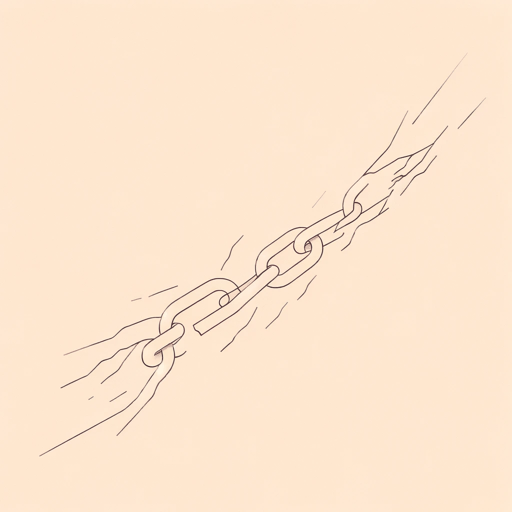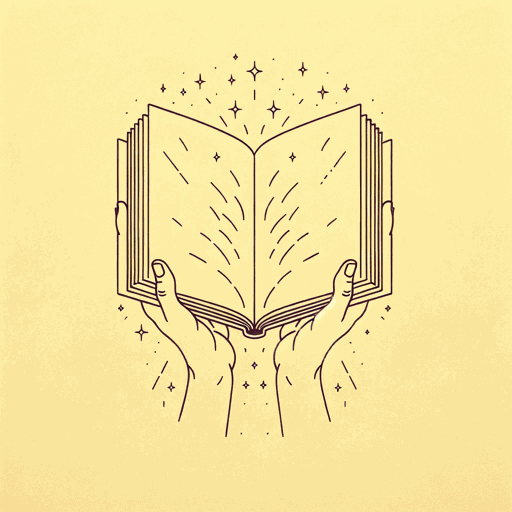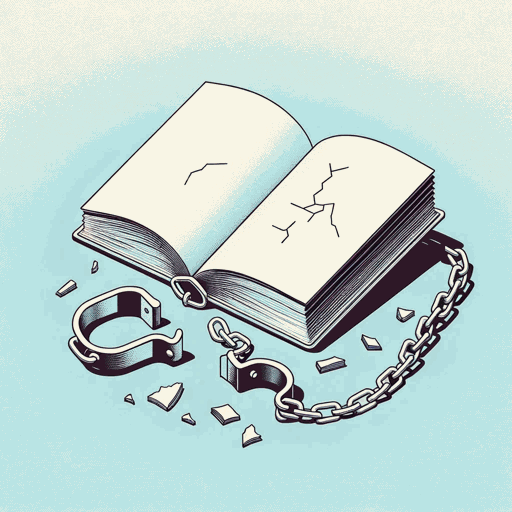61 pages • 2 hours read
Frederick DouglassNarrative of the Life of Frederick Douglass
Nonfiction | Autobiography / Memoir | Adult | Published in 1845A modern alternative to SparkNotes and CliffsNotes, SuperSummary offers high-quality Study Guides with detailed chapter summaries and analysis of major themes, characters, and more. For select classroom titles, we also provide Teaching Guides with discussion and quiz questions to prompt student engagement.
Themes
Slavery’s Dehumanization
Slavery is presented as an institution that dehumanizes both enslaved people and their enslavers. Douglass’s experience is unusual in that he did not work in the fields until he was 16. He was sent to Hugh Auld in Baltimore when he was quite young. Douglass recounts that enslaved people in cities were somewhere in between free people and enslaved people on plantations. He taught himself to read and write while in Baltimore, and he developed a growing sense of autonomy and self-worth. Because of this, Thomas Auld believed Douglass to be useless when he returned to the plantation, and he sent Douglass to Edward Covey to be “broken.” Douglass describes how Covey’s violence and cruelty crushed his spirit, writing, “the dark night of slavery closed in upon me; and behold a man transformed into a brute!” (88).
When Douglass later resisted Covey, it “rekindled the few expiring embers of freedom and revived within [him] a sense of [his] own manhood” (97), as he asserted his own humanity. In revealing how slavery corroded his sense of self, Douglass shows that enslaved people are not lesser than white people; they are simply prevented from reaching their potential, as slavery systematically prevents Black people from thriving.
Related Titles
By Frederick Douglass




